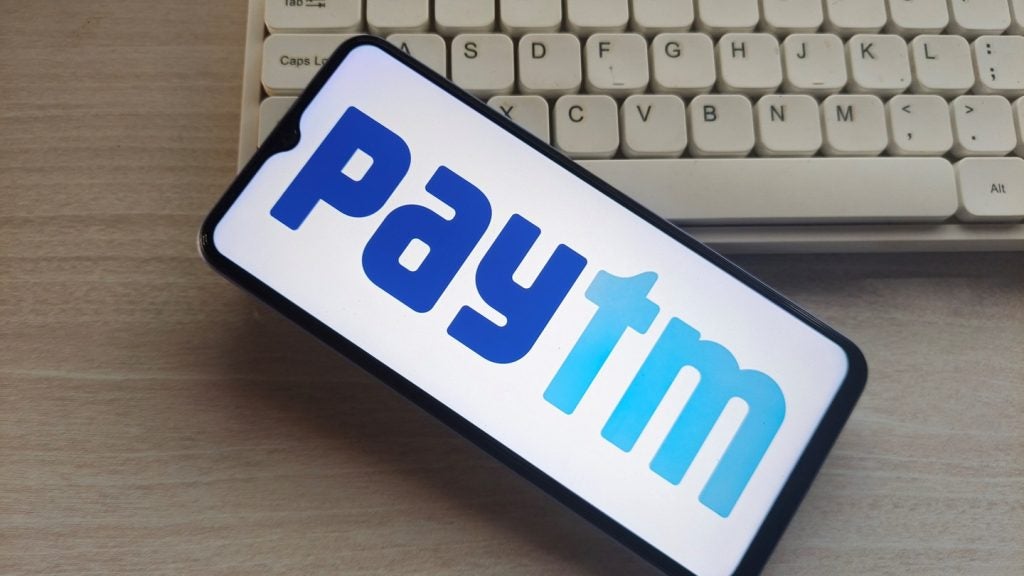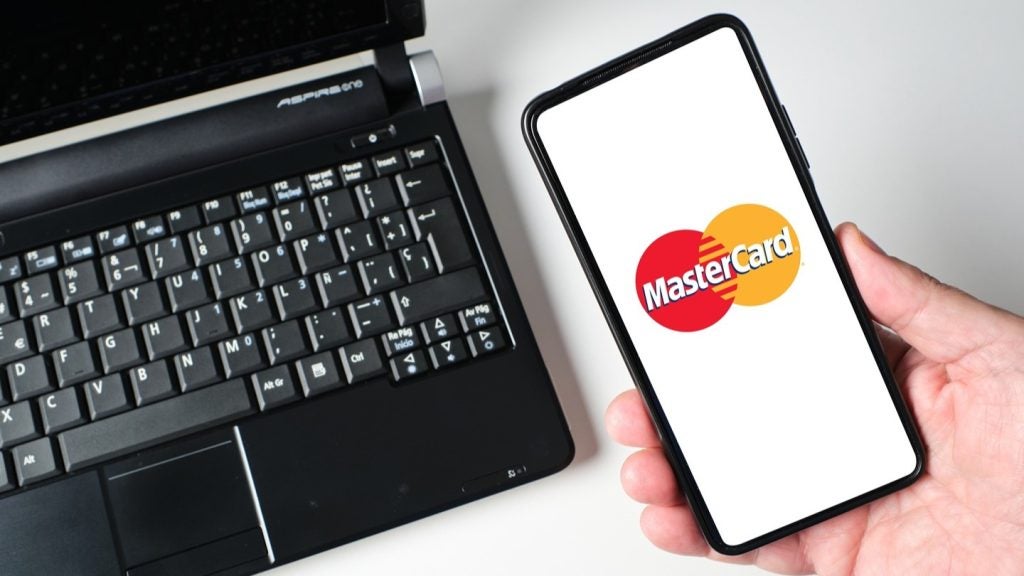been virtually built from scratch over the past 19 years.
benefited from the late-starter advantage of largely avoiding
legacy payment instruments, and a consumer market generally keen to
adopt new technologies.
 The year 1989 was one of tumultuous
The year 1989 was one of tumultuous
change for Poland as it began a transformation into a market
economy. However, after 44 years as a centralised economy the
country’s payment system at that time could at best be described as
rudimentary.

Access deeper industry intelligence
Experience unmatched clarity with a single platform that combines unique data, AI, and human expertise.
inherited an interbank payments system with no clearing house and
in which settlements were executed through the exchange of paper
documents. These documents were sent between banks by post and
copies submitted separately to branches of Poland’s central bank,
the National Bank of Poland (NBP), for the purpose of updating each
bank’s multiple accounts with the NBP.
accounts with NBP were consolidated into single accounts. There
then followed in the same year the establishment by 17 Polish banks
of a national clearing house, Krajowa Izba Rozliczeniowa (KIR),
specifically for clearing and settlement of retail
transactions.
real-time gross settlement system (RTGS), SORB which at the time
was one the first RTGS systems to enter service in Europe.
Refinements
Though major improvements over the pre-1989 situation, neither
NBP’s RTGS nor KIR’s retail were the final products of Poland’s
modern electronic payments system.
and the NBP’s desire for an RTGS system that would enable
electronic exchange of orders and other electronic messages between
banks and the NBP. Similarly, KIR’s first clearing and settlement
solution, known as the SYBIR system, was paper based.
the NBP began phasing in SORBNET, an upgraded version of its RTGS
system, in March 1996. SORBNET, which entered service in March 2005
and was fully operational by the end of 1998, provides services
such as large-value interbank payments and bank customers’
large-value and urgent payments.
of the SYBIR system between 2001 and 2004 with a fully electronic
system, ELIXIR. KIR, acting as a clearing house, submits payment
orders in respect of banks’ net positions to the NBP for settlement
the same day, though not in real time.
with the introduction of The SORBNET-EURO system used for domestic
and cross-border euro transactions. Following its start-up, the
SORBNET-EURO system was connected to the pan-European TARGET
settlement network.
a system dedicated to euro payments. According to KIR the system
processes about 200,000 euro payments monthly. In January 2008 the
Single Euro Payments Area (SEPA) credit transfer messages were
introduced into EuroELIXIR enabling KIR to achieve SEPA-compliant
automated clearing house status. KIR was also one of the founders
of the European Automated Clearing House Association which was
established in September 2006.
EuroELIXIR have paved the way for Poland’s switch from it own
currency, the zloty, to the euro. In September this year, Poland’s
Prime Minister Donald Tusk announced a referendum on the country’s
adoption of the euro will be held in 2010 with 2012 targeted as the
year in which the zloty to euro switch will occur.

US Tariffs are shifting - will you react or anticipate?
Don’t let policy changes catch you off guard. Stay proactive with real-time data and expert analysis.
By GlobalDataCredit transfers dominate
Since the initial implementation of a modern payments system in
Poland credit transfers have been the dominant instrument for
non-cash payments and, according to the European Central Bank
(ECB), account for about 99 percent of all transfers processed by
the KIR in terms of volume.

Credit transfer volumes processed by KIR peaked at PLN4.73 trillion
($2.1 trillion) in 2002 with all transactions of PLN1 million being
processed by the NBP’s SORBNET from 2003 onwards following a ruling
by the NBP in this regard. The value of transactions processed by
KIR fell to PLN1.83 trillion in 2003, recovering to PLN2.39
trillion in 2006.
large-value transactions via its RTGS system considerably in 2004
adding to its substantial growth that has seen total domestic
large-value transactions increase from PLN9.8 trillion in 2000 to
PLN36.9 trillion in 2006. This represented a CAGR of 24.7 percent
during the six year period.
which were introduced by the NBP in October 1997 and came into
operation in July 1998. This payment instrument has gained
significantly in popularity, with the value of transactions
increasing from PLN1.84 billion in 2000 to PLN10.14 billion in
2006. This represented a CAGR of 32.9 percent.
payments not exceeding an equivalent of €1,000 ($1,450) where the
debtor is a person that does not conduct economic activity, or not
exceeding €50,000 in the case of other debtors. The settlement of
direct debits is performed exclusively via KIR’s ELIXIR system
which in 2006 processed about 1 billion credit transfers and direct
debits.
direct debits contrast with a lack of enthusiasm for cheques which
have never been widely used in Poland and account for account for
less than half a percent of all cashless payments.
cards has also played a significant role in suppressing whatever
enthusiasm for cheques that may have developed after 1989. Notably
the number of cheques processed in Poland fell from 8.1 million in
2000 to 23,000 in 2006.
Poland’s payment card boom
Poland entered the payment card era in December 1990 with the
establishment of merchant acquirer and payment processor PolCard by
a consortium of 11 Polish banks. Since August 2007, PolCard has
been a wholly-owned unit of US transaction processor First Data
which acquired PolCard in a deal worth $325 million.
consumers was, however, slow and by the end of 1994 only 21,900
cards were in issue. But the slow uptake turned into a boom, the
number of cards in issue reaching almost 2 million in 1998 and 14.4
million in 2001.
function predominated in the early years and as recently as 2004,
for example, accounted for only one in eight out of a total of 16.9
million cards in issue.
hand-in-hand with a rapid increase in the number of ATMs, a trend
indicative of a high propensity for cash transactions. Between 1999
and 2004, for example, the number of ATMs doubled from 3,949 to
8,054.
value of cash payments in Poland the NBP notes the holding of a
bank account, especially among older people, is uncommon. In
addition, a large number of shops and services outlets,
particularly those outside the big cities, still do not accept
non-cash forms of payment.
number of POS terminals is resulting in a positive change in
attitude among consumers towards the use of cards for payments.
This is also reflected in a rapid uptake of credit cards in recent
years, the number in issue rising from 2 million in 2004 to 8.57
million at the end of the second quarter of 2008. This increased
credit cards from 11.8 percent in issue in 2004 to 30.4
percent.
terminals increased from 88,175 in 2000 to 176,475 in 2006, or from
2,290 POS terminals per million of Poland’s 38.5 million
inhabitants, to 4,580 per million. This increase, however, still
left POS density in Poland well below many Western European
countries, led by Sweden where there were 20,102 POS devices per
million inhabitants in 2006. POS density per million inhabitants in
other European countries in 2006 included: Finland 19,938, Denmark
19,759, the UK 17,399, Netherlands 12,124 and Germany 7,022.
Ardent internet bankers

What Poland may lack in certain aspects of its physical payment
infrastructure it is making up for in the adoption of new
technologies, not least of which is the internet. This is being
driven by a rapid increase in internet users which increased from a
negligible proportion of the population in 2000 to 45 percent of
the population in May 2008, according to Polish research firm
Gemius.
online researcher Gemius noting in May this year the average
internet usage was 19 hours per user compared with 7 hours and 26
minutes per user in Denmark which has an internet penetration of 82
percent, the highest in Europe.
high usage of internet banking. According to a Polish government
publication 28 percent of Polish internet users conducted banking
operations online every day in 2007, a level second only in Europe
to Portugal, where the average was 30 percent of users daily. In
addition, 69 percent of Polish internet users banked online at
least once a week.
the internet’s popularity, announcing in September 2008 that
consumers will soon be able to pay online for public administration
services. The service will utilise KIR’s PayByNet which enables
consumers to execute online payments via a direct debit of their
bank account.
was introduced to Poland when local mobile network operator
Polkomtel launched the country’s first mobile payment service.
Using technology developed by Polish mobile payments specialist
mPay International, the service facilitates person-to-person fund
transfers, prepaid phone top-ups and POS payments at locations such
as McDonald’s restaurants.
claim in Poland’s evolving electronic payments infrastructure. The
first significant move came in 2006 when Warsaw awarded a contract
to Israeli smartcard specialist On Track Innovations to implement a
contactless payment system on its transport system. By early 2008
more than 1 million contactless payment cards had been issued for
use on the city’s bus and rail systems and for payment for street
parking.
also making their entry into Poland. In April 2008, Polish bank
Bank Zachodni announced it had deployed US banking and payments
technology vendor Metavante Technologies’ CORTEX card processing
software platform as the driver of Central and Eastern Europe’s
first contactless prepaid card POS payment programme.
MasterCard Maestro card equipped with MasterCard’s PayPass
contactless technology as well as a magnetic stripe. Contactless
payments of up to PLN50 can be made. The bank plans to introduce a
prepaid card product based on VISA’s payWave contactless payment
technology. A small start but one that more than highlights the
massive strides Poland’s electronic payments market has made over
the past two decades.







